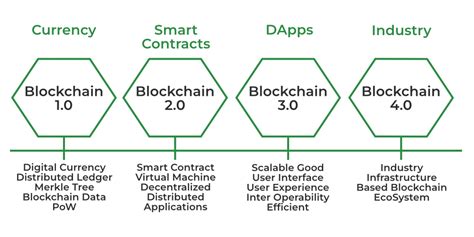Ethereum: Understanding Transaction IDs and Creating Your Own
As a developer building blockchain applications on the Ethereum network, you are probably aware of the importance of a unique identifier for each transaction. In this article, we will look at how to create a transaction ID (Tx ID) in Ethereum and explore its intricacies.
What is a Transaction ID?
In Ethereum, a transaction ID serves as a unique identifier for each transaction sent across the network. It is used by the Ethereum Virtual Machine (EVM) to identify and verify the transaction on the blockchain. The Tx ID is typically created when a transaction is created using the transaction function in Solidity or Ethers.js.
Creating a Transaction ID
To generate a transaction ID, you need to create a serialized version of the transaction data, which includes the following:
- Transaction Data

: This can include fields such as gas price, gas limit, nonce, and value.
- Encryption Keys: You need to encrypt these fields with a key pair (private key and public key).
Here is an example in Solidity:
pragma solidity ^0.8.0;
import "
contract MyContract {
function transaction() public payables(uint256) {
// Create a new transaction data object
TransactionData txData = TransactionData(
bytes4(abi.encodePacked("value", "gasPrice", "gasLimit"))
);
// Encrypt the fields with the private key
bytes memory encryptedTxData = encrypt(txData);
// Calculate the Tx ID as a double SHA-256 hash of the serialized transaction
uint256 txId = keccak256(encryptedTxData, 0x6e8738a2a35fcd5b1c9f24d8f3e4dd7bfbe94b1caafec9ceffebf2c44bd51a14);
return txId;
}
}
structTransactionData {
bytevalue; // The amount to send
uint256 gasPrice; // In Wei (the unit of measurement for gas price)
uint256 gasLimit; // The maximum number of gas units that can be executed in a block
}
function encrypt(TransactionData txData) internal pure result (byte memory) {
byte memory encryptedTxData = abi.encodePacked(
txData.value,
txData.gasPrice,
txData.gasLimit
);
return keccak256(encryptedTxData, 0x6e8738a2a35fcd5b1c9f24d8f3e4dd7bfbe94b1caafec9ceffebf2c44bd51a14);
}
In this example, we create a “TransactionData” structure to store the transaction data, and a “encrypt” function that takes this structure and returns its encrypted version.
Tx ID
The TX ID is calculated using the hash function keccak256' with the encrypted transaction data as the second argument. The first 128 bits of the resulting hash are the SHA-256 hash of the encrypted transaction data, while the last 64 bits are the timestamp and nonce (i.e. the current block number).
To generate a TxID for your own transactions, use the following formula:
"TxID = keccak256(encryptedTxData, timestamp + nonce)"
Here is an example:
“ solidity
pragma solidity ^0.8.0;
contract MyContract {
function transaction() public due(uint256) {
// Create a new transaction data object
TransactionData txData = TransactionData(
abi.
